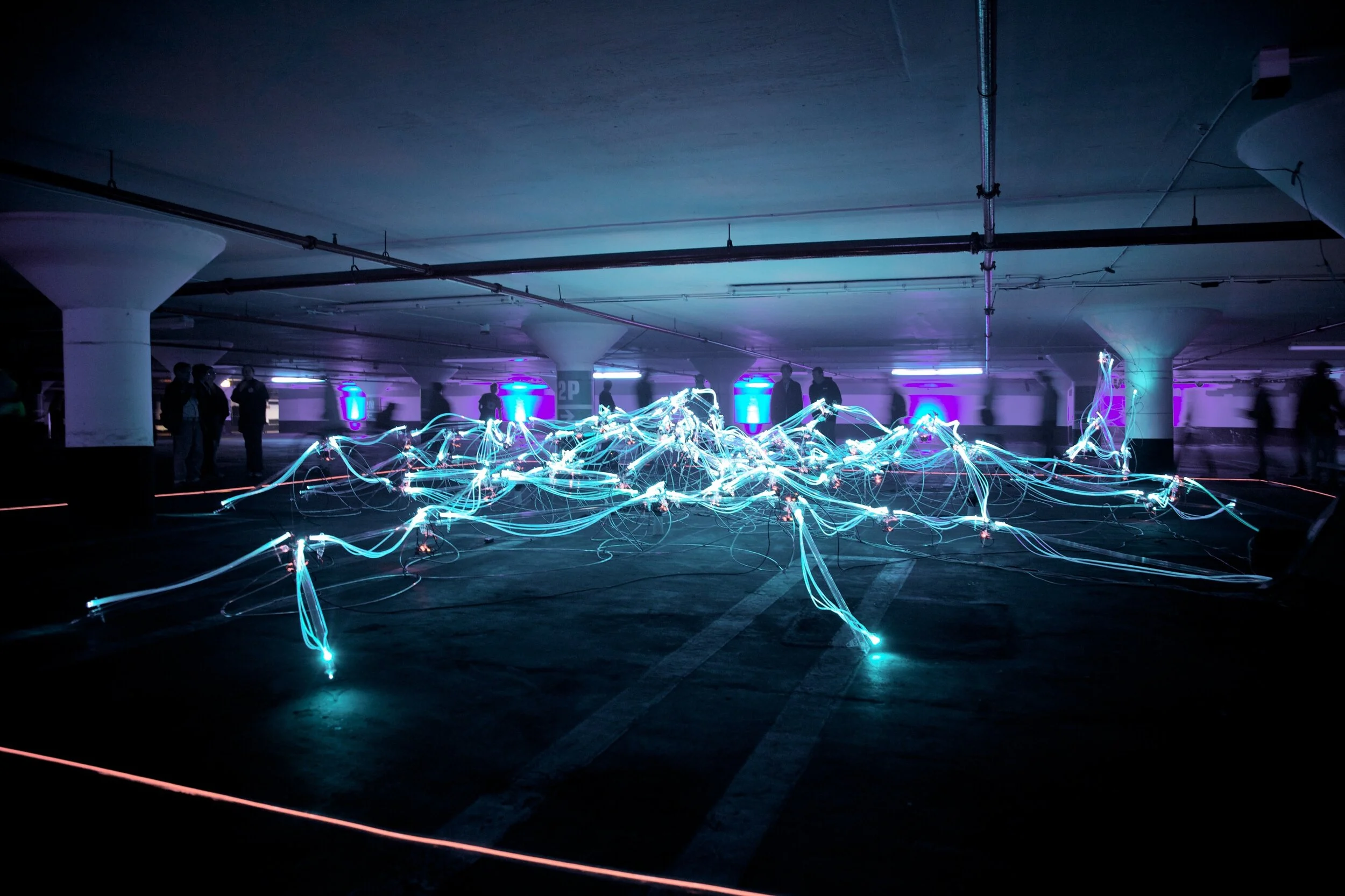curriculum ARCHITECTURE
CHALLENGE
A 500-hour online technical bootcamp encompasses a wide range of components: lesson content, multimedia, metacognitive strategies, project work, synchronous experiences, knowledge checks, community spaces, reflection, rubrics, and interview prep to name a few.
To launch the course, a critical product/process/culture question needed to be answered:
How a cross-functional team of web developers, designers, video producers, and instructional designers align on the form and function of all the experiential components in an online learning environment and how each component relates to one another to accomplish a larger goal?
APPROACH
Influenced by design systems that go beyond the what (components) and how (code) to include the why and when behind components at varying granularity, we developed Austin, a design system for blended learning.
Austin supports the application of learning science research in a simple and cohesive user experience by providing internal teams a set of reusable components guided by principles and bite-size instructional design education.
Austin outlines the function of the 60+ design elements that range in granularity from the course level to the individual UI components that live on a page.
The Spaced Retrieval component in the Austin Design System.
RESULTS
Austin enabled a cross-functional team to create a world-class blended learning experience on an aggressive timeline. A staple of daily work, the design system distributed instructional design and UX design knowledge across disparate roles and provided structure and clarity amidst complex, collaborative, and ambiguous product delivery.
writing
My team at Trilogy (acquired by 2U) is busy at work creating a market-driven curriculum trusted by the world’s leading universities and their students. Follow along on this journey on Medium:















